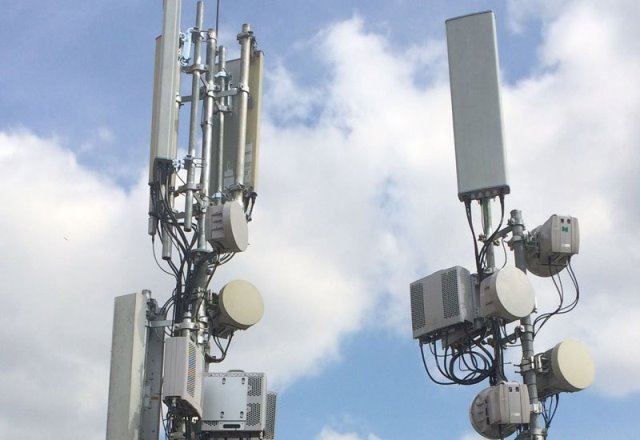The global 5G Mobile Core Network (MCN) market is forecast to grow at a 6 percent CAGR between 2024 and 2029, primarily driven by the adoption of 5G Standalone (SA) architecture.

Growth may accelerate further with increasing demand for low-latency connectivity from applications like Generative AI and Agentic AI, Dell’Oro said.
In comparison, the Multi-Access Edge Computing (MEC) market is projected to expand at a much faster 17 percent CAGR, boosted by dynamic network slicing, Reduced Capability (RedCap) devices, and momentum from GSMA’s Open Gateway initiative, which now has support from 72 MNOs and includes 17 defined APIs.
Additional growth is expected in IMS Core/Voice Core, with a 9 percent increase in cumulative revenue (2025–2029) versus prior forecasts, as 3G shutdowns drive upgrades for voice services over 4G.
Investment
The number of 5G SA deployments has reached 70 networks across 39 countries, with recent launches by Orange, Vodafone, and O2. Many operators offering 5G SA for enterprise and FWA are anticipated to expand access to consumers soon, including Bharti Airtel, AT&T, and Verizon.
Orange, Vodafone, and O2 have all advanced their 5G Standalone (SA) deployments, aiming to deliver enhanced mobile experiences and support enterprise use cases. Orange has rolled out 5G SA in several European markets, including Spain and France, leveraging its own cloud-native core to offer improved latency, security, and network slicing capabilities.
Vodafone has launched 5G SA networks in the UK and Germany, branding it as “5G Ultra” in the UK, and is focusing on private 5G networks and partnerships with enterprises for industrial applications.
O2 (Telefonica UK) has initiated 5G SA trials and collaborations, including work with Nokia and other partners, with full commercial deployment expected to follow phased testing. These efforts mark a strategic shift toward fully realizing the benefits of 5G beyond enhanced mobile broadband.
Bharti Airtel, AT&T, and Verizon have been actively deploying 5G Standalone (SA) services primarily for enterprise use, with plans to extend these capabilities to broader markets in the near future.
Bharti Airtel has launched its SA core network with a focus on enterprise applications such as private 5G, network slicing, and ultra-low latency services. The company has partnered with technology vendors like Ericsson and Nokia to strengthen its SA infrastructure, targeting use cases in manufacturing, logistics, and smart factories.
Airtel is also rolling out SA-based Fixed Wireless Access (FWA) services to enhance high-speed connectivity in underserved areas, with a full consumer SA rollout planned over the next few years.
AT&T has introduced 5G SA capabilities mainly within its enterprise and business segments. While large-scale consumer access to SA is not yet fully available, the company has tested advanced features such as uplink carrier aggregation and network slicing in lab environments and enterprise deployments. SA access remains limited to select business accounts, but AT&T is expected to gradually expand public availability starting in 2025 as its infrastructure and device ecosystem mature.
Verizon has focused its SA strategy on private 5G networks under its On Site 5G offering, catering to large enterprises in sectors like logistics, manufacturing, and industrial automation. Its SA core platform is already handling commercial traffic, enabling services like network slicing and Voice over New Radio (VoNR). Verizon has secured international enterprise deals and is slowly enabling SA for business customers in the U.S., with wider consumer access anticipated to scale up through 2025.
These operators are leveraging 5G SA to offer advanced enterprise services with superior performance, security, and customization. Their focus is currently on enabling digital transformation across industries, with the consumer rollout of SA and FWA expected to follow as device readiness and economic conditions align.
Baburajan Kizhakedath
